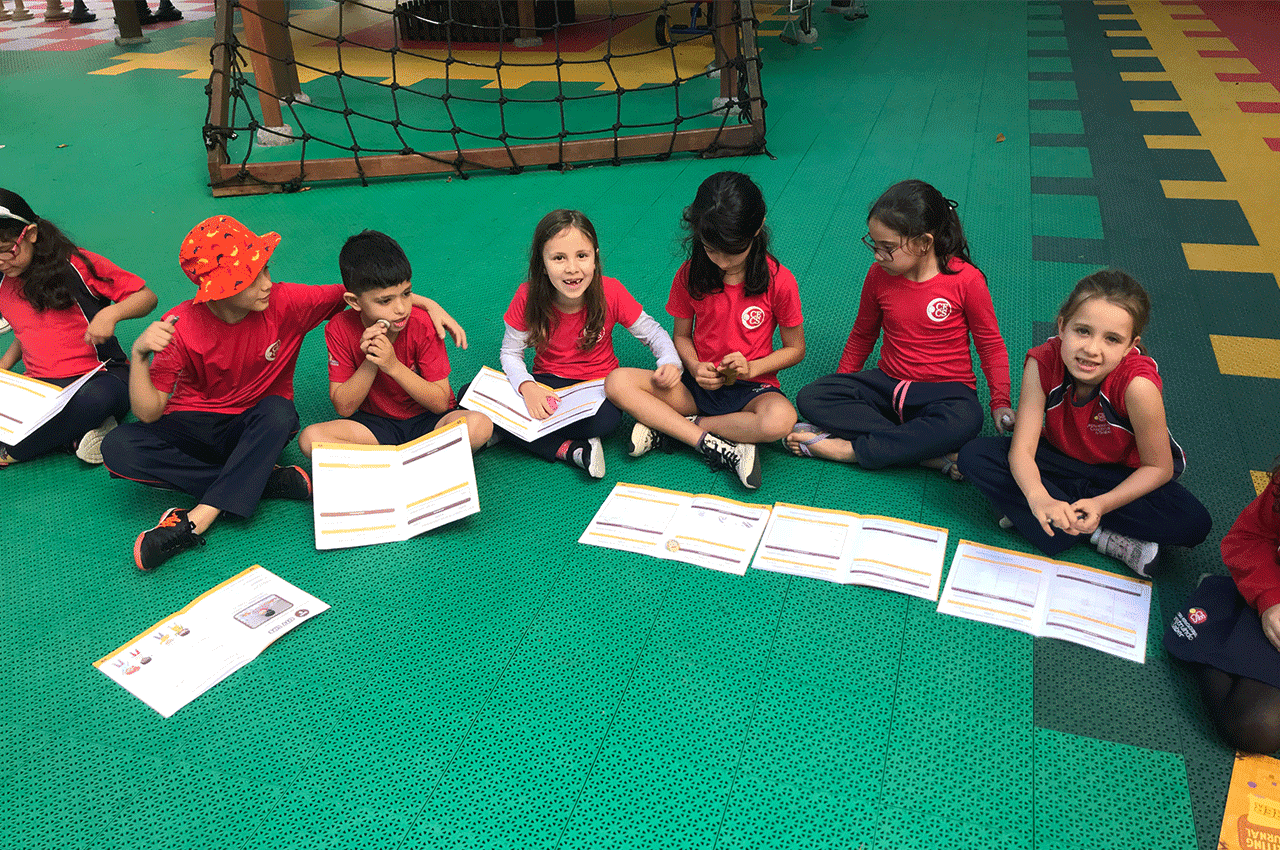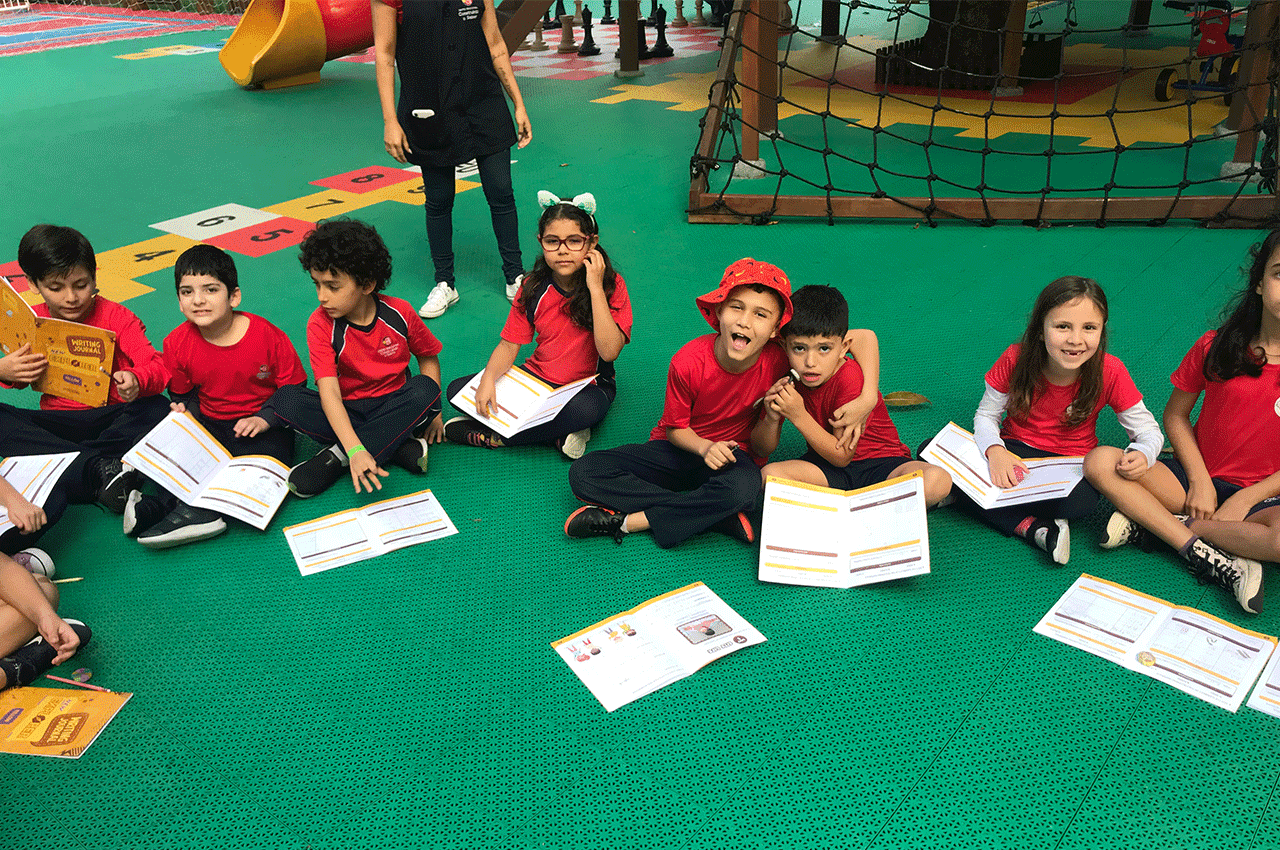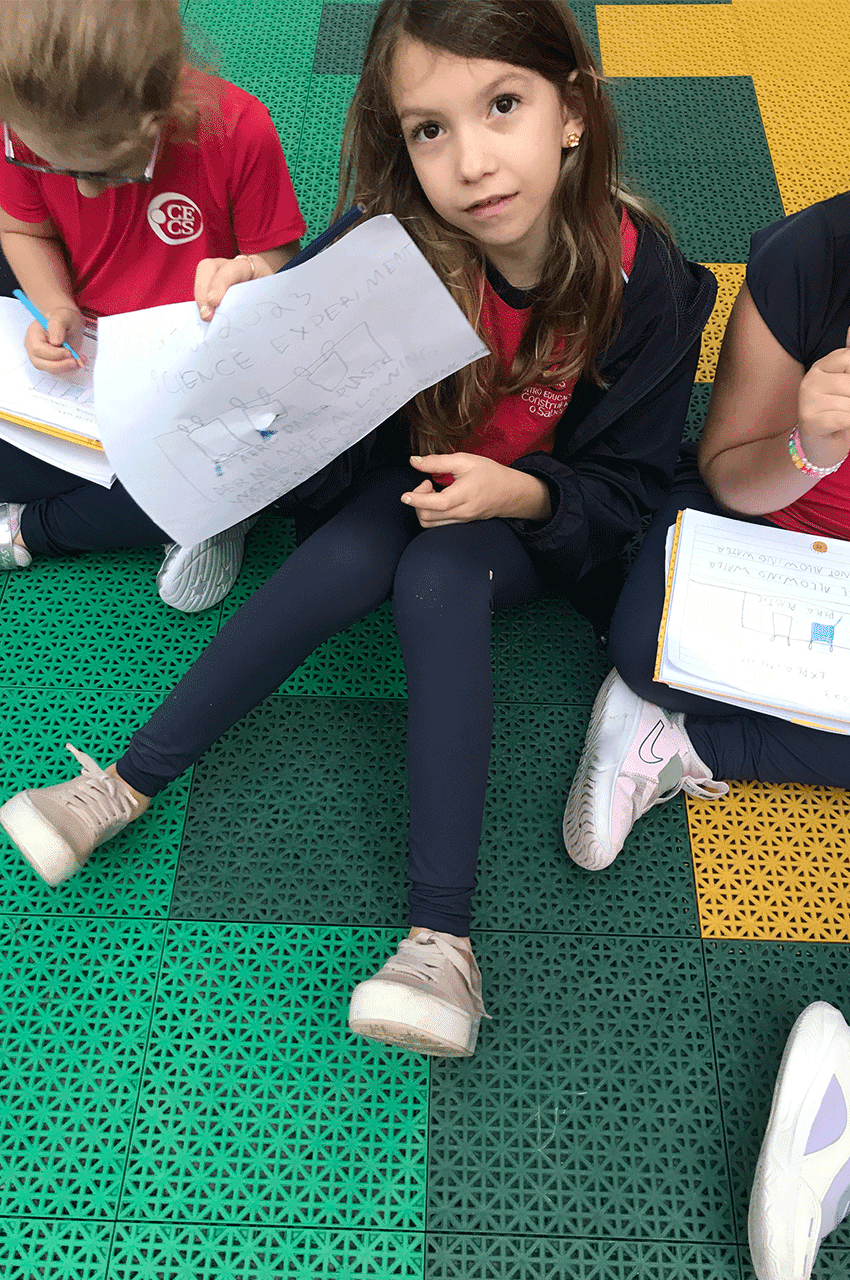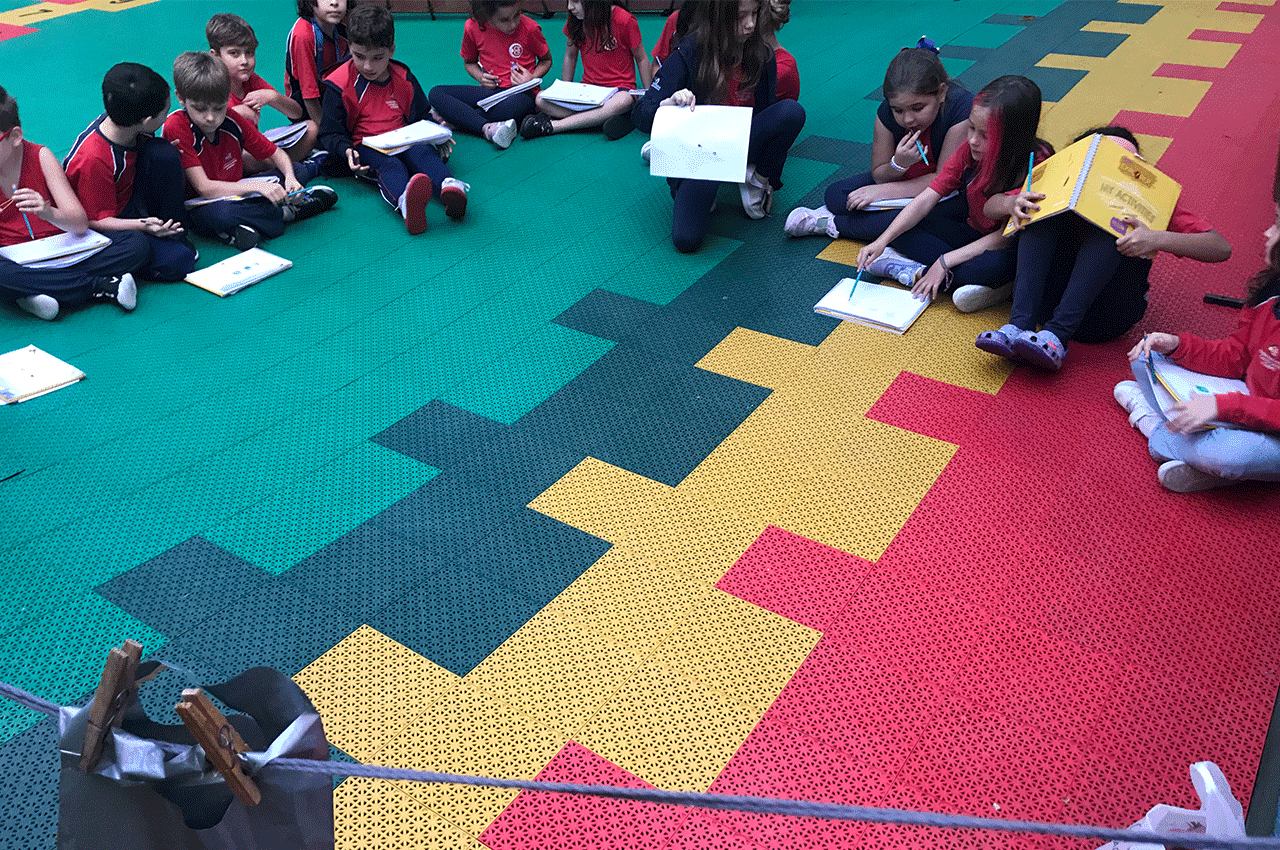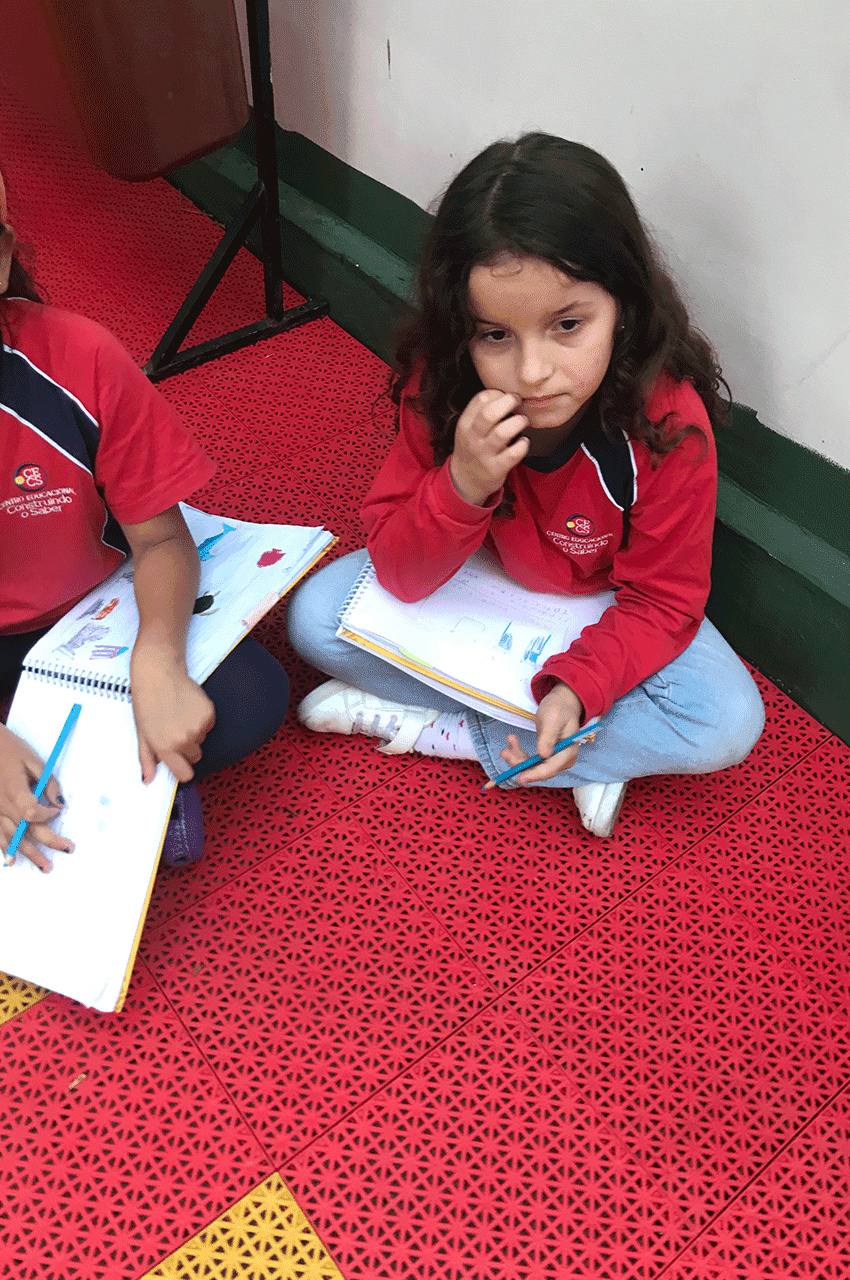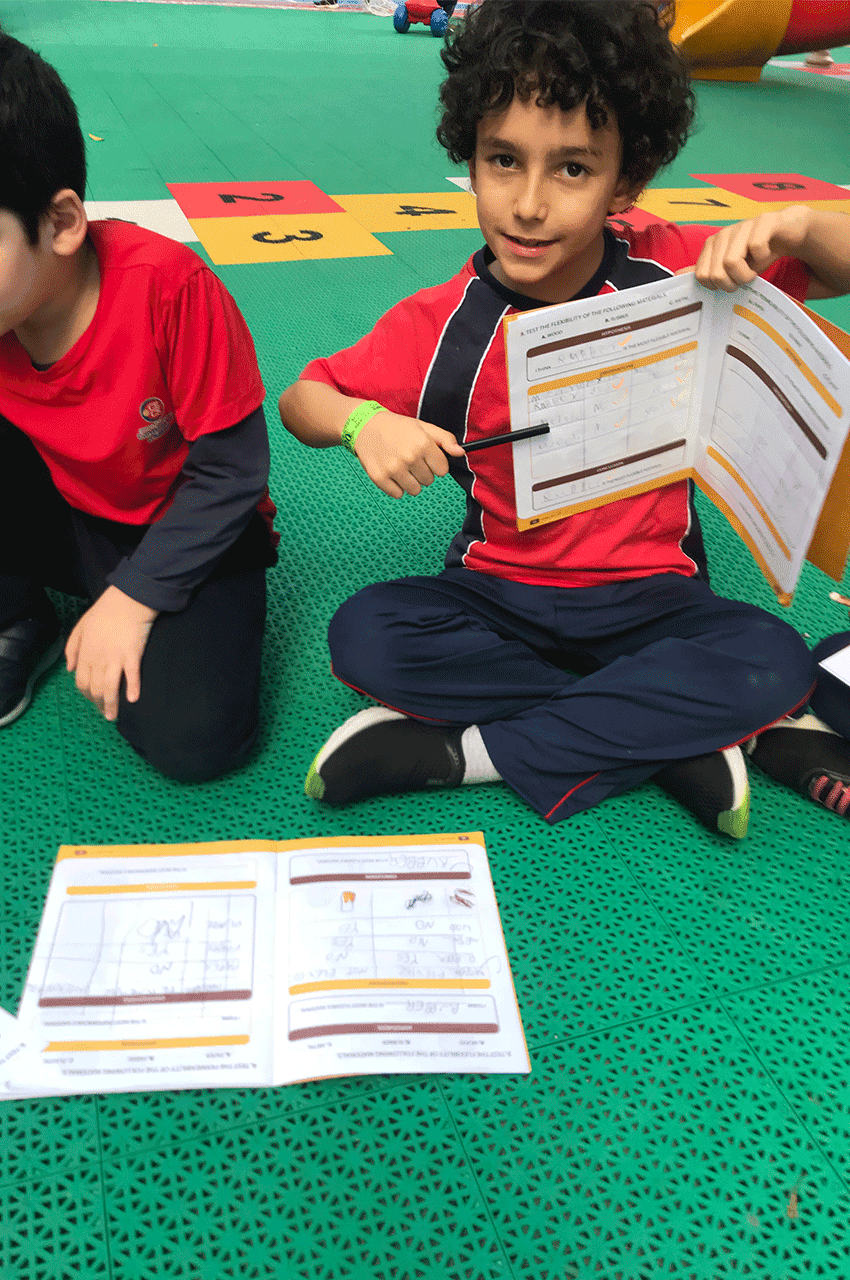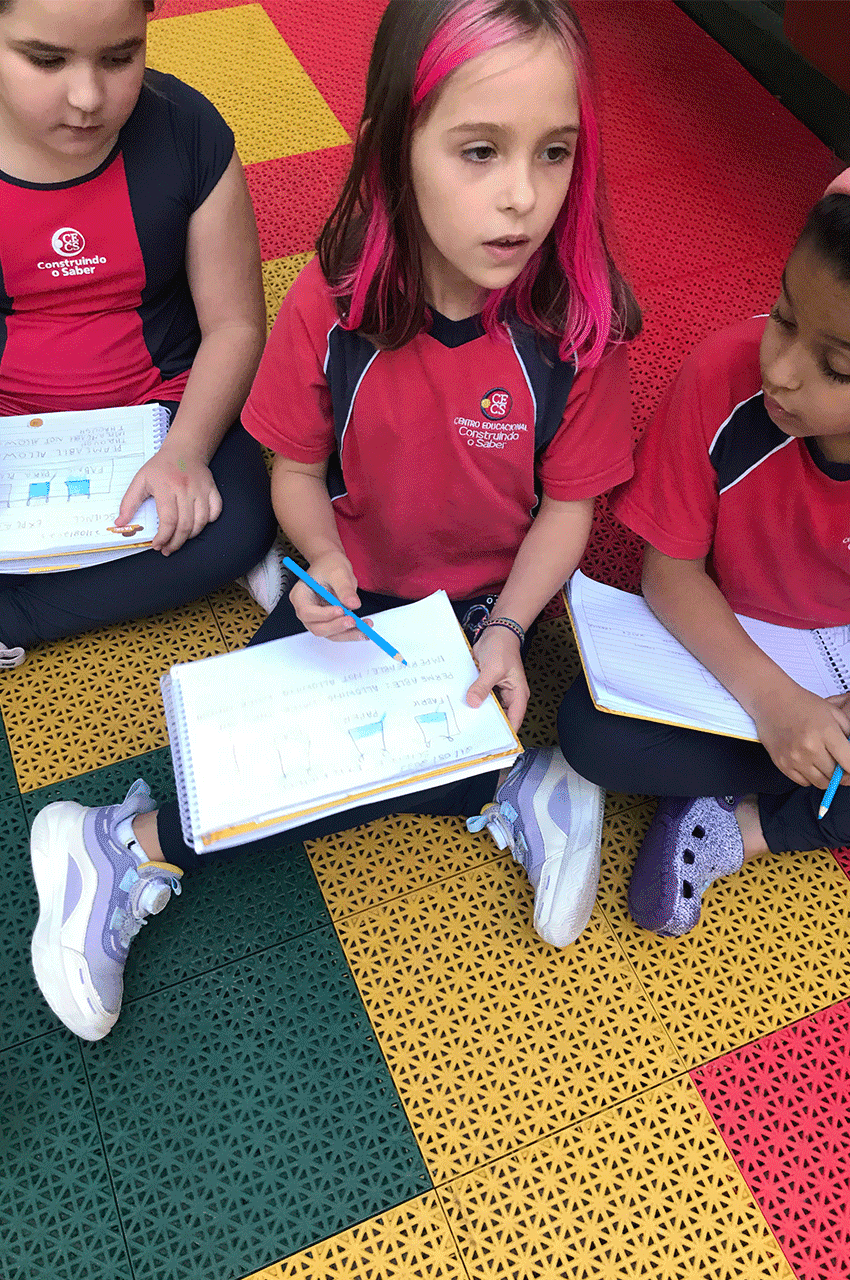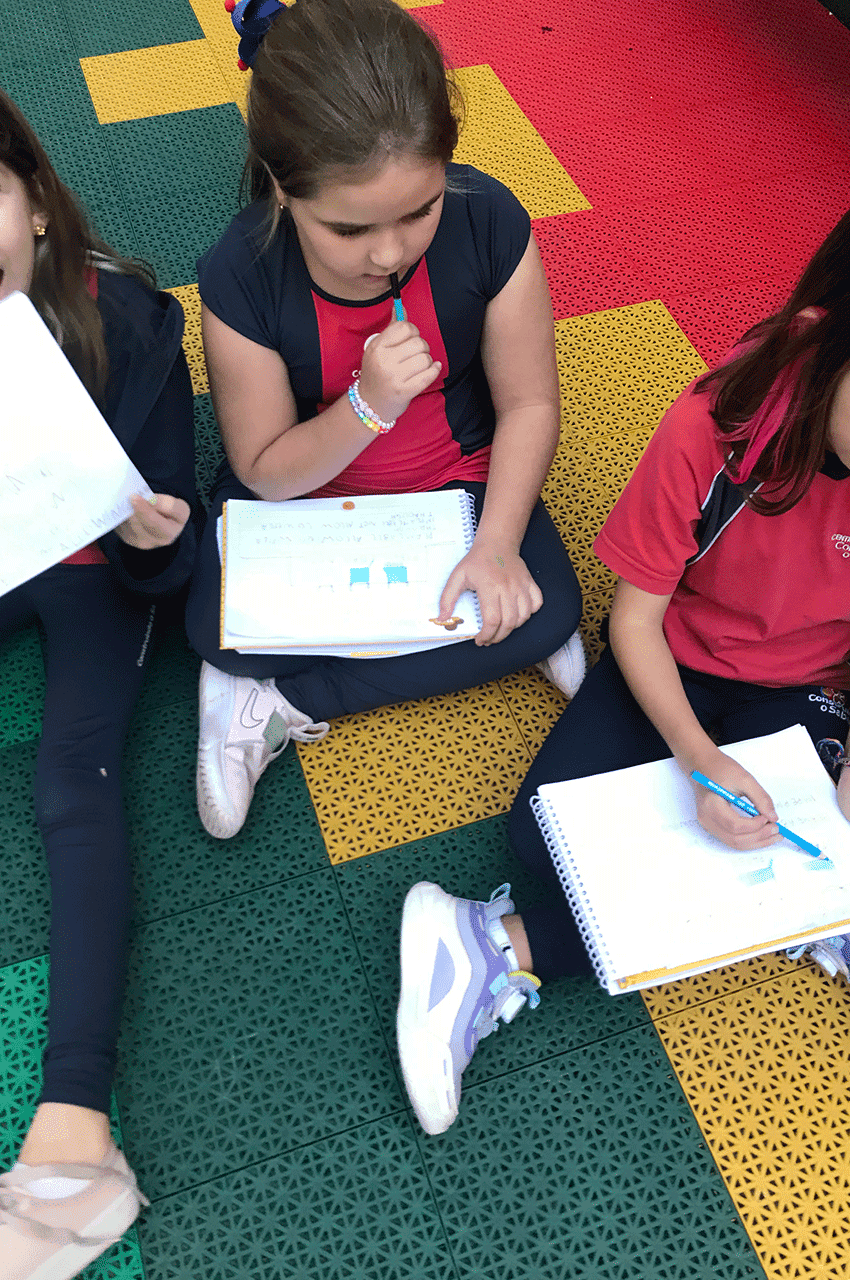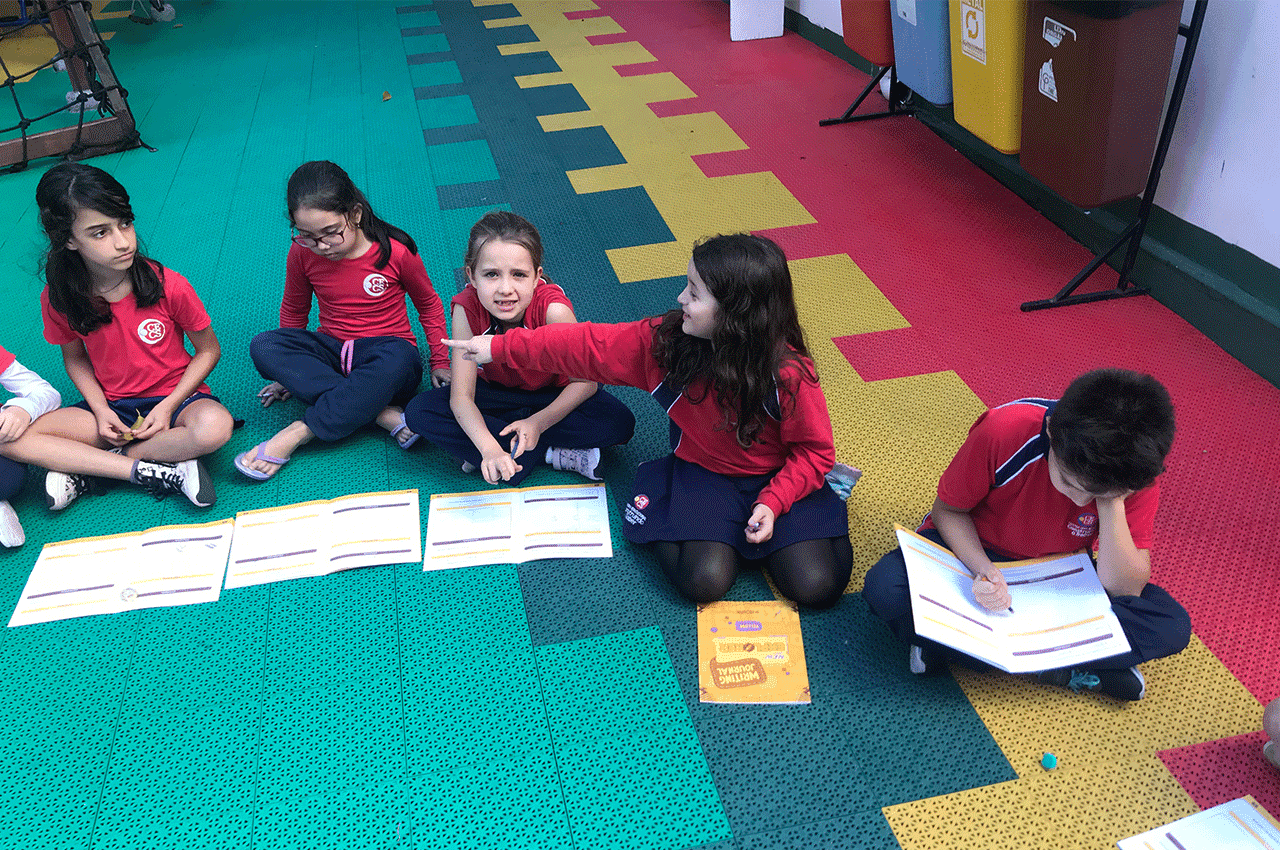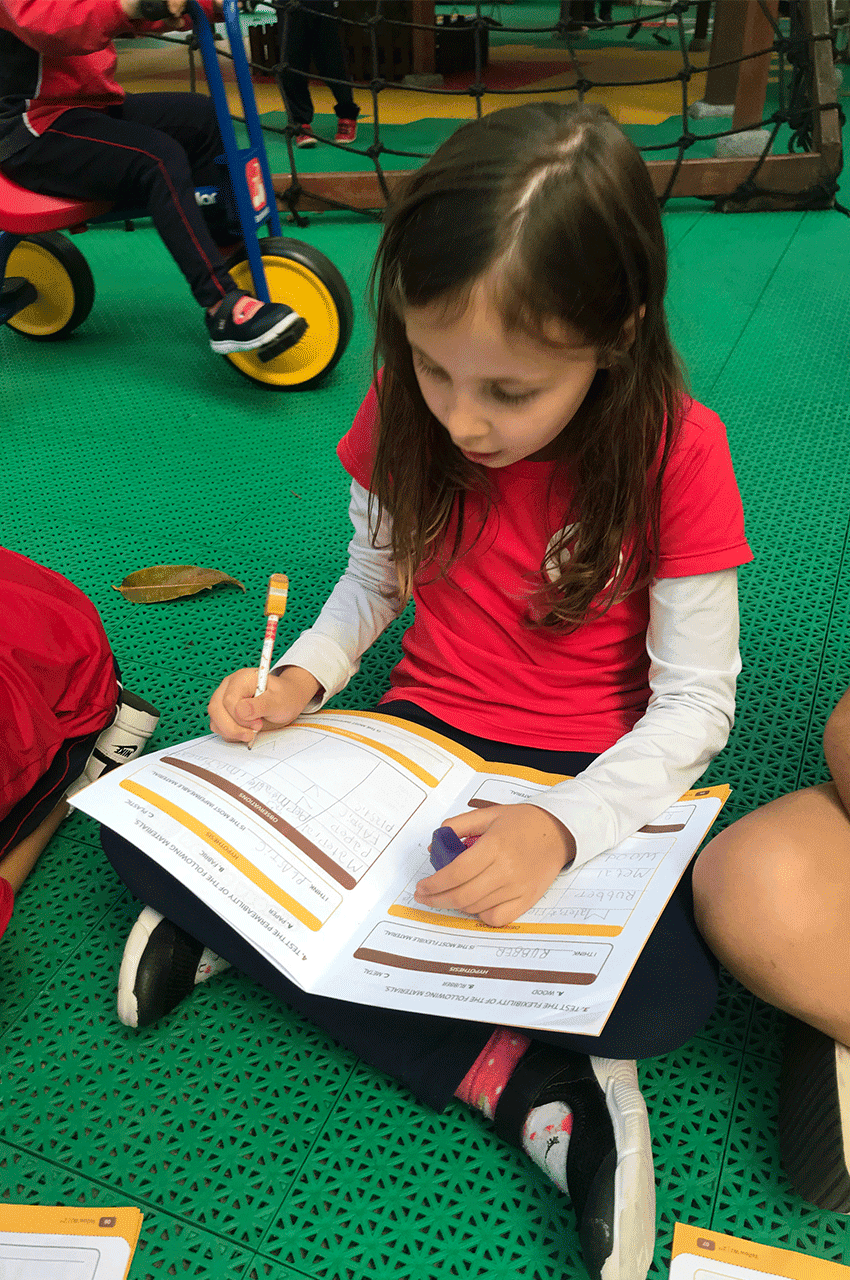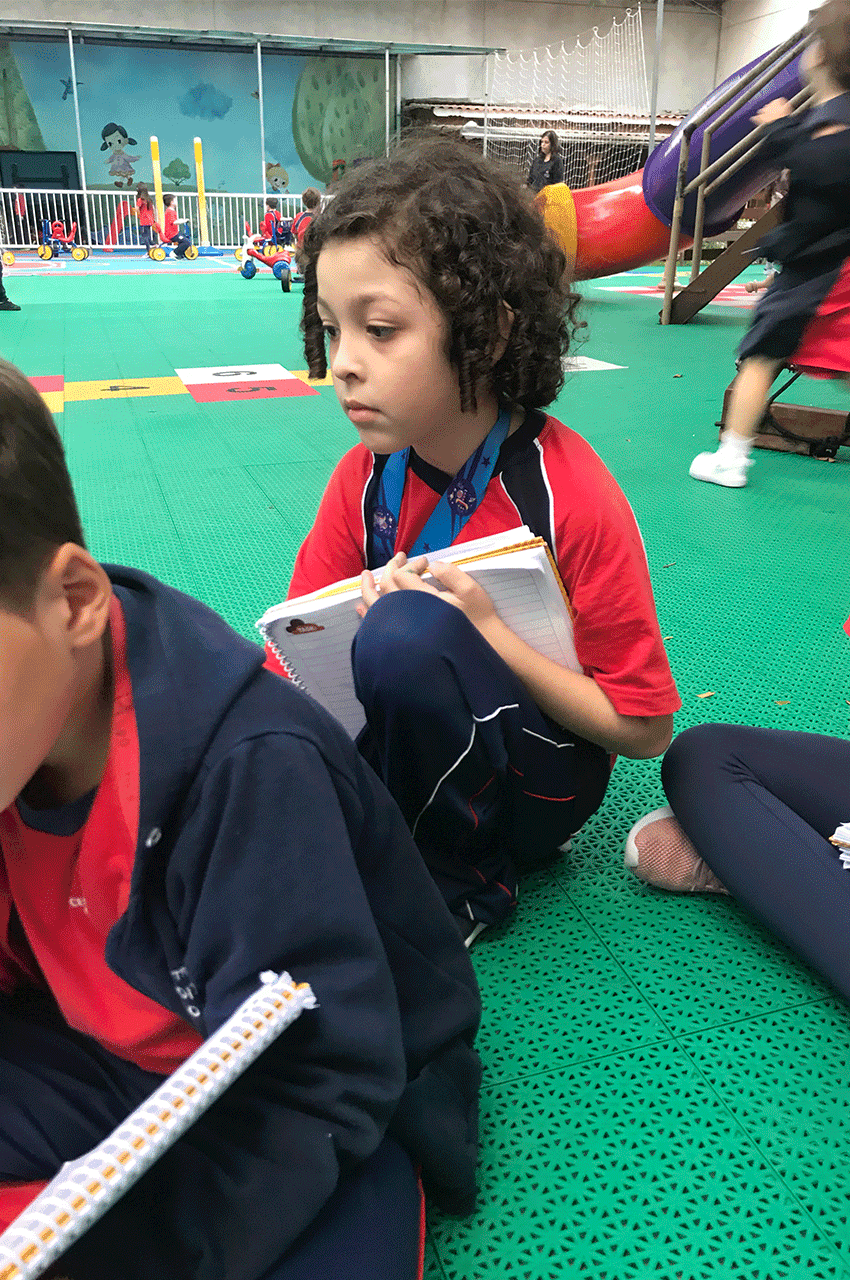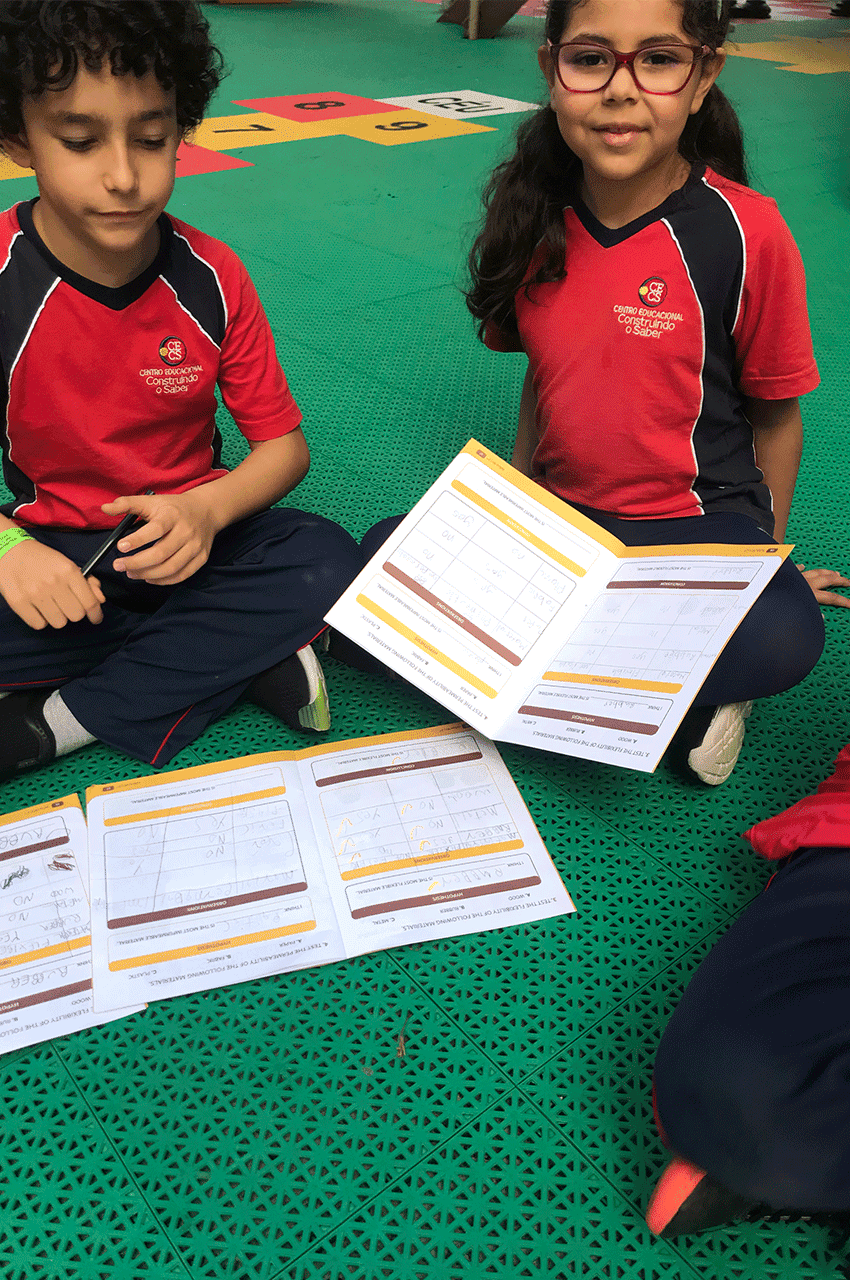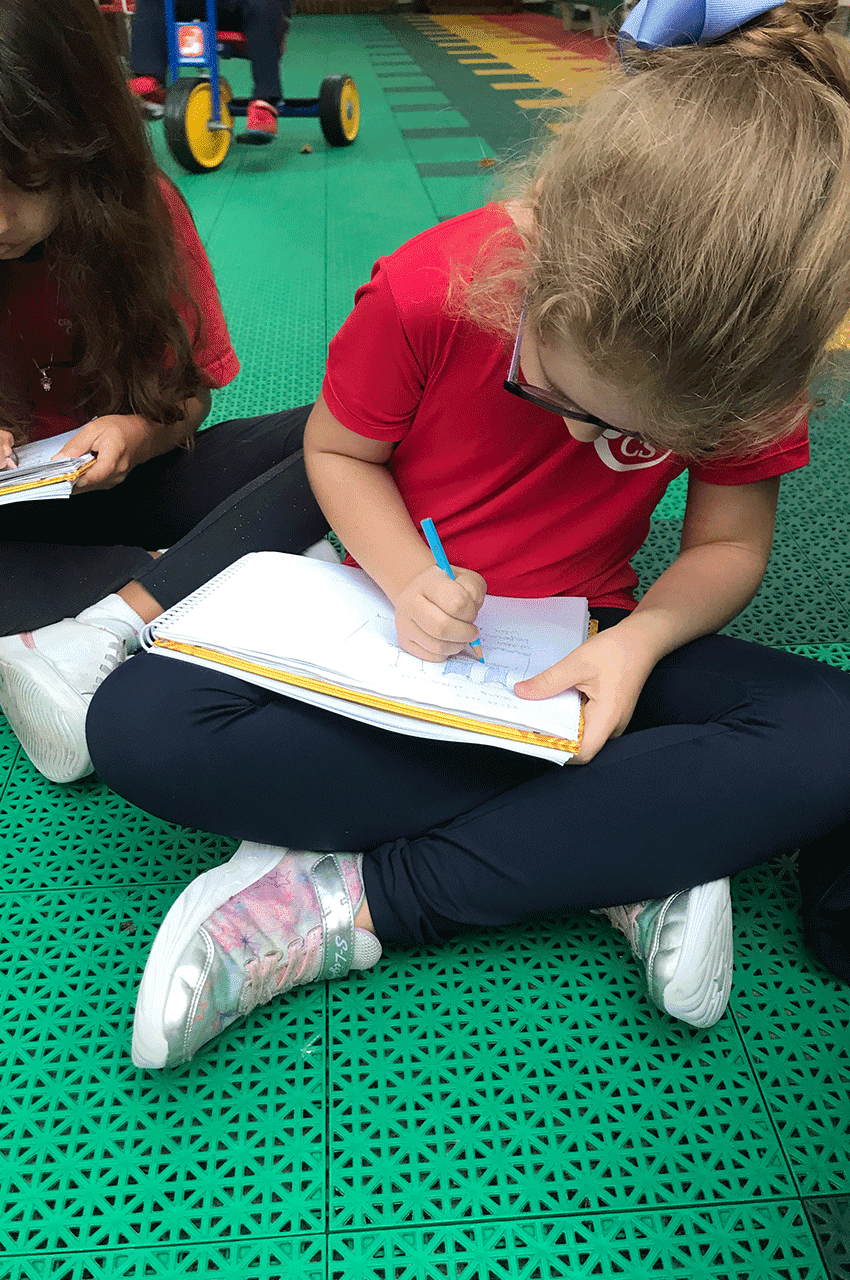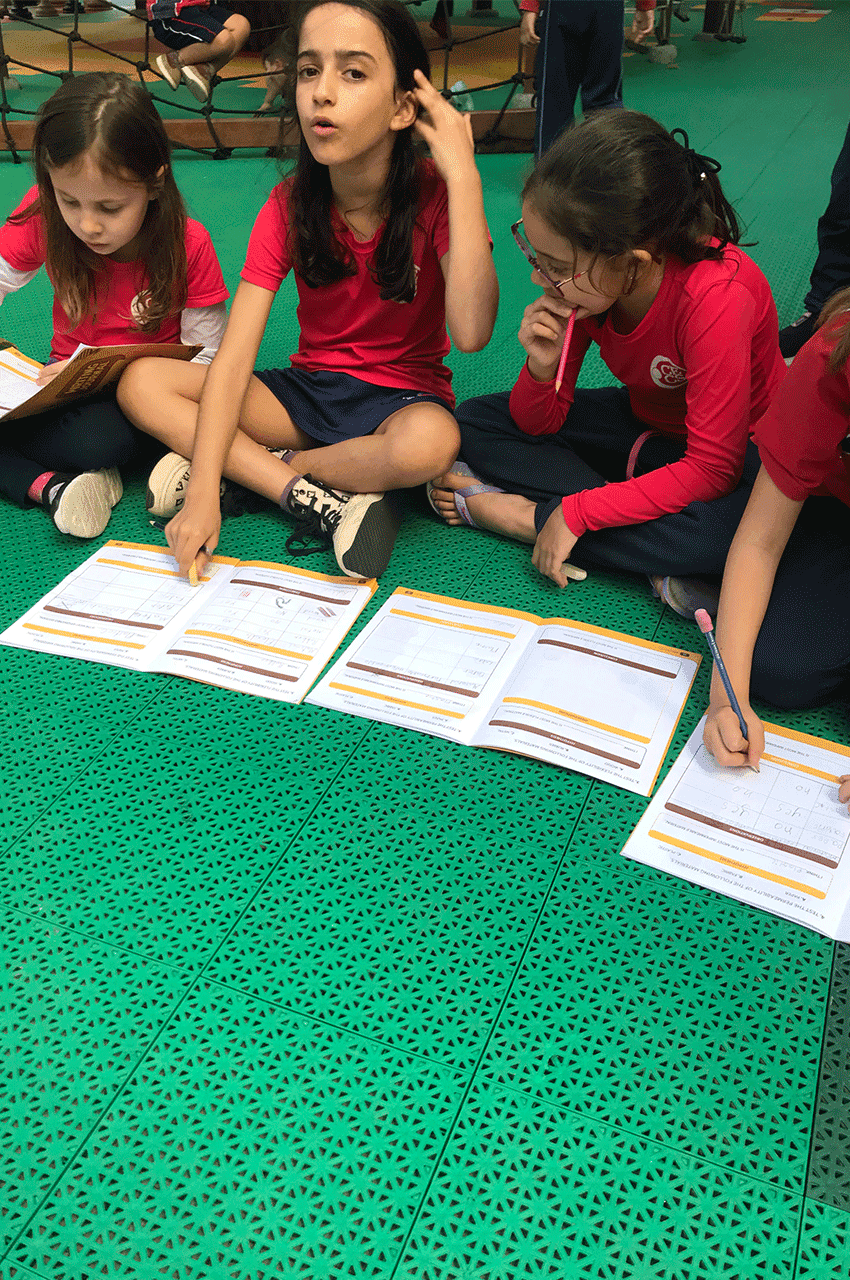The Benefits of integrating English as a second language into school subjects
The Benefits of integrating English as a second language into school subjects
Integrating English as a second language (ESL) into other school subjects is an excellent approach to helping children learn a new language effectively. This approach, often referred to as Content and Language Integrated Learning (CLIL), offers several advantages for young learners. Children learn the language in meaningful contexts when English is integrated into subjects such as science, mathematics, or social studies. They encounter English while studying interesting topics, making the learning experience more engaging and relevant.
Research shows that learning English by immersion rather than as a separate second language, results in students reaching higher levels of proficiency and thus developing native-like levels of comprehension, such as listening and reading skills, displaying more fluency and confidence while using it.
Integrating ESL across subjects exposes students to a wider range of vocabulary. For example, while learning science, they acquire English terms related to biology, chemistry, or physics, enhancing their language skills in those specific domains. Students have more opportunities to practice and reinforce their language skills as they use English to discuss and learn about different subjects. When students understand the topic in their native language, they can more easily grasp the content in English, as the context is already clear to them, enhancing their comprehension. Integrating ESL into various subjects fosters holistic development. Children learn English and develop critical thinking, problem-solving, and analytical skills as they engage with subject matter in a second language making learning more motivating and engaging, showing them the practical application of the language in real-life situations.
Learning English in the context of different subjects can help children develop cultural awareness and intercultural competence. They learn about different cultures and perspectives as they study topics from a global standpoint. The language skills acquired through content-based language learning can be transferable to other areas of life, benefiting students in their future academic pursuits and career opportunities.
The following photos show students from year 2, taking part in a science experiment to check whether their hypothesis about the impermeability of certain materials was correct or not.
Os benefícios da integração do inglês como segundo idioma nas disciplinas escolares.
A integração do inglês como segundo idioma (ESL) em outras matérias escolares é uma excelente abordagem para ajudar as crianças a aprender um novo idioma de forma eficaz. Essa abordagem, geralmente chamada de Aprendizagem Integrada de Conteúdo e Idioma (CLIL), oferece várias vantagens para os jovens alunos. As crianças aprendem o idioma em contextos significativos quando o inglês é integrado a matérias como ciências, matemática ou estudos sociais. Elas aprendem inglês enquanto estudam tópicos interessantes, o que torna a experiência de aprendizado mais envolvente e relevante.
As pesquisas mostram que o aprendizado de inglês por imersão, e não como um segundo idioma separado, faz com que os alunos atinjam níveis mais altos de proficiência e, portanto, desenvolvam níveis de compreensão semelhantes aos dos nativos, como habilidades de escuta e leitura, demonstrando mais fluência e confiança ao usá-lo.
A integração do ESL nas disciplinas expõe os alunos a uma gama maior de vocabulário. Por exemplo, ao aprender ciências, eles adquirem termos em inglês relacionados à biologia, química ou física, aprimorando suas habilidades linguísticas nesses domínios específicos. Os alunos têm mais oportunidades de praticar e reforçar suas habilidades linguísticas à medida que usam o inglês para discutir e aprender sobre diferentes assuntos.
Quando os alunos entendem o tópico em seu idioma nativo, eles podem compreender mais facilmente o conteúdo em inglês, pois o contexto já está claro para eles, melhorando sua compreensão. A integração do ESL em várias matérias promove o desenvolvimento holístico. As crianças aprendem inglês e desenvolvem o pensamento crítico, a resolução de problemas e as habilidades analíticas à medida que se envolvem com o assunto em um segundo idioma, o que torna o aprendizado mais motivador e envolvente, mostrando-lhes a aplicação prática do idioma em situações da vida real.
Aprender inglês no contexto de diferentes matérias pode ajudar as crianças a desenvolver a consciência cultural e a competência intercultural. Elas aprendem sobre diferentes culturas e perspectivas ao estudar tópicos de um ponto de vista global. As habilidades linguísticas adquiridas por meio do aprendizado de idiomas com base no conteúdo podem ser transferidas para outras áreas da vida, beneficiando os alunos em suas futuras buscas acadêmicas e oportunidades de carreira.
As fotos a seguir mostram alunos do segundo ano participando de um experimento científico para verificar se sua hipótese sobre a impermeabilidade de determinados materiais estava correta ou não.
Teacher Deise
Professora assistente Elaisa.



